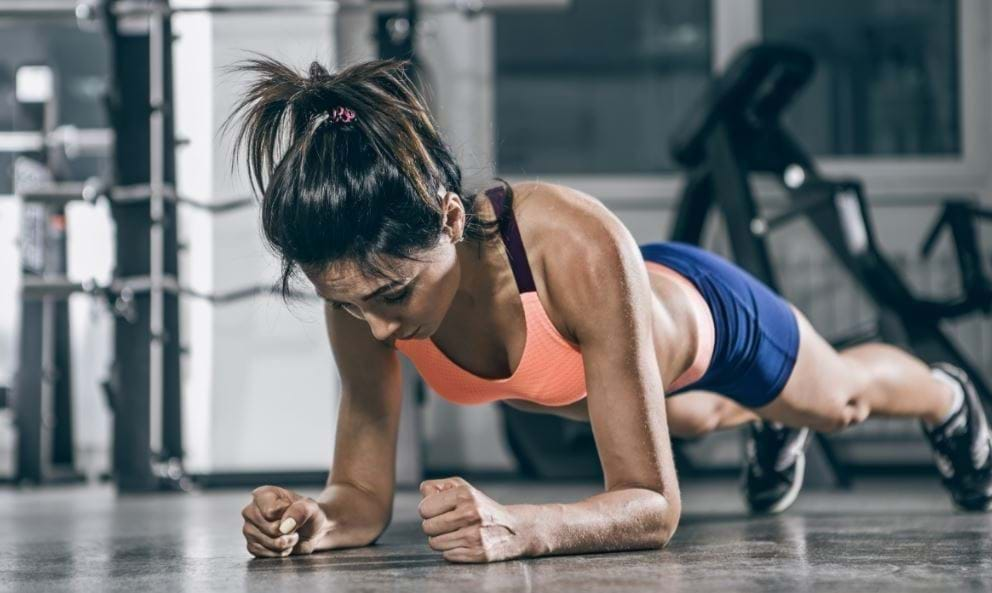
Introduction
Build muscles at home esaily with our guidence. If you think building muscles at home is not possible or very hard then you are wrong.Building muscles at home is very convenient and also cost-effective. You can do exercises whenever you want. You don’t need fancy and expensive equipments to start, what you really need is just consistency and focus on your goal. So if you are planning to start doing exercises at home then this blog will provide you with every information you need to know about choosing the right exercises, nutritional diet and building muscles at home.
Cardio vs strength training is also an wast field, you can do research and find best suitable for yourself.
Essential Equipment for Home Muscle Building
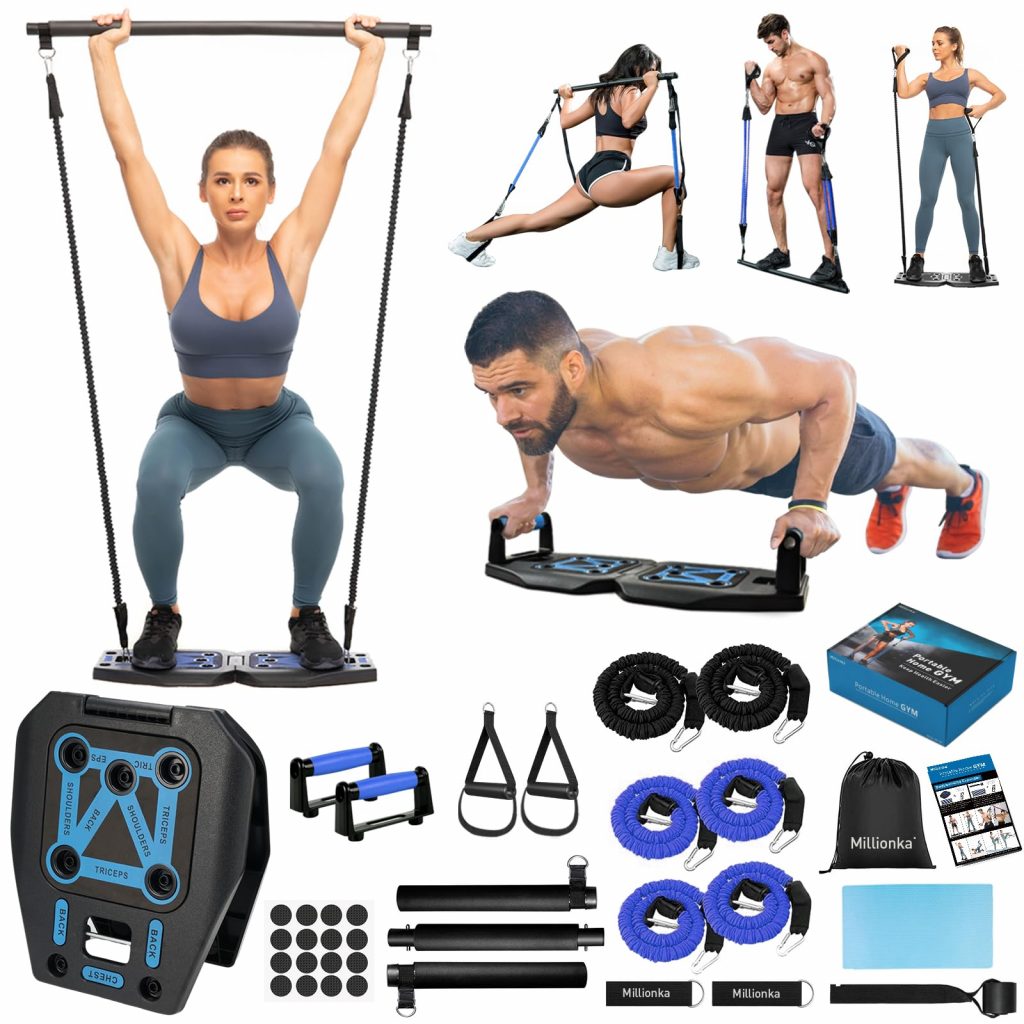
There are no essential tools for starting exercises at home, you can start with just body weight exercises. Additional tools are’t essential but if you want then you can buy some basics tools like:
- Resistance band: Resistance band is good for adding tension to exercises like rows, glute bridges, bicep curls, squats and lunges. You can carry a resistance band anywhere because of their lightweight.
- Dumbbells: Dumbbells are fixed weighted and can help in progressive overload and adjustable sets. Dumbbells are completely optional; you can use either water bottles or bags filled with books as weights.
- Pull-up bar: Pull-up bars are good for back exercises and arms exercises. If you can’t afford a pull-up bar then you can use a resistance band instead.
- Yoga mat: You can easily and comfortably do floor exercises like planks or situps.
Alternatives / Home equipments
- Water bottles and bags filled with books as weights.
- Chairs for dips or elevated push-ups.
Build muscles with Bodyweight Exercises: Your Foundation
If you want to build muscles at home then body weight exercises are your best friends. Body weight exercises are suitable for every fitness level, they build stability, control over body and muscles.
Some examples of body weight exercises
- Push-ups: Push-ups mainly target chest, core, shoulders and triceps and can be performed in different variations:
- Incline push-ups (easier)
- Decline push-ups (harder)
- Diamond (focuses on triceps)
- Squats: Focuses on quads, glutes and hamstrings. Squats have different variations too:
- Jump squats (for power)
- Pistol squats (performed by single lag, advanced exercise)
- Pull-ups: This exercise focuses on back muscles, biceps, and grip strength
- If you are facing problems while doing pull-ups then use a resistance band for assistance.
- Planks: Planks are the ultimate exercise for the entire core.
- Variations: Side planks, planks with shoulder tap.
- Lunges: Lunges develop leg muscles and improve overall body balance.
- Variations: Reverse lunges, walking lunges or weighted lunges with a backpack or resistance band.
TIP :- Aim for 3-4 sets of 8-15 reps per exercise and also take rest for almost 60 seconds between sets.
Build muscles with Progressive Overload: How to Get Stronger
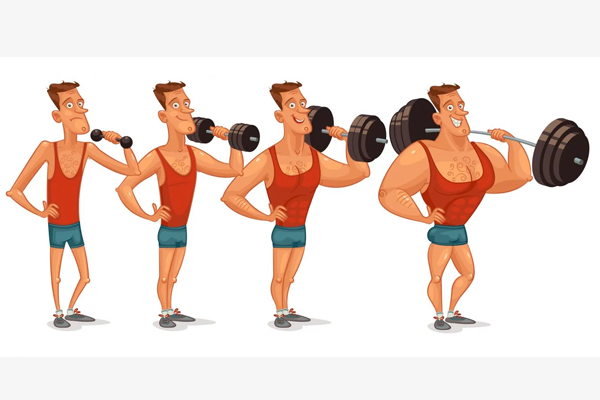
Muscle growth depends on how much challenge or tension you are giving them. Without going to the gym or proper machines, use these strategies to increase difficulty over time at home.
- Increase reps or sets: If 10 pushups feel easy to you then aim for 15. If you can do 3 sets in one go then increase their number.
- Slow down movement: While doing pushups or squats take almost 4 seconds for more muscle tension.
- Reduce rest time: You can boost intensity just by reducing the break time between the sets.
- Add resistance: For more resistance and tension use resistance bands, weighted bags, or any other household item to make exercise harder.
- Advanced variations: If you are doing knee push-ups then shift to standard push-ups or from assisted pull-ups to full pull-ups.
Incorporating Resistance Training
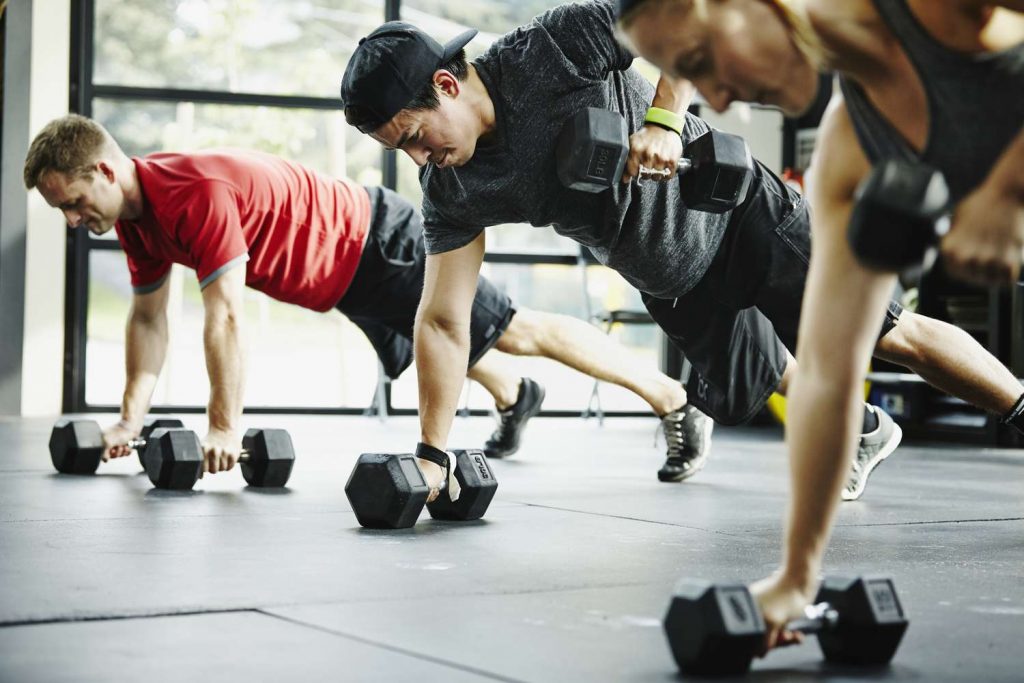
If you have basic equipment like DIY weights or resistance bands, you can use them to mimic gym style workouts.
- Banded rows: Take a resistance band, attach it to a door handle and pull backward, it will target your back muscles.
- Overhead press: Take weighted backpack or heavy water jugs lift them overhead to target shoulders.
- Glute bridges with bands: Place a resistance band above your knees and lift your hips, it will target your glutes..
- Biceps curls: You can either use weights or resistance bands for doing biceps curls.
TIP :- While doing these exercises try to control weights instead of overloading weights or swinging weights to avoid injury.
Nutrition for Muscle Growth

Muscles need fuel to function and grow and muscle fuel is proper nutritions. Follow these guidelines for nutritional intake.
- Protein intake: You can take 0.7-1 gram of protein per pound of your bodyweight daily. You can adjust eating time according to your schedule. whey protein have many advantages too, you can concider consuming that.
- Sources: eggs, yogurt, protein powder or meat.
- Caloric surplus: If your goal is muscle building then eat a little more calorie than you burn to support growth.
- Healthy options: oats, nuts, peanuts, peanut butter and sweet potatoes.
- Hydration: Drink sufficient water throughout the day to keep your muscles functional, muscles perform poorly when dehydrated.
- Meal timing: Eat food sources which are rich in protein, you can have protein rich snacks post workout (e.g., smoothie with banana and protein powder).
What to avoid
Stop eating junk food for calories. Give priority to whole foods for sustained energy.
Rest and Recovery

Muscles break during workout and they need rest to recover and grow. Rest is as important as working out. Prioritize these things:
- Sleep: 7-9 hours of sleep daily is a must for muscle recovery. Growth hormone works perfectly during deep sleep.
- Active recovery: Light physical activities help our body to recover, light activities like walking or yoga improve blood flow without straining muscles.
- Rest days: Some people avoid rest days, avoid doing this mistake and take at least 1-2 days off weekly to prevent overtraining.
Signs you are overdoing exercises
- Persistent soreness, fatigue, or stalled progress.
Common Mistakes to Avoid
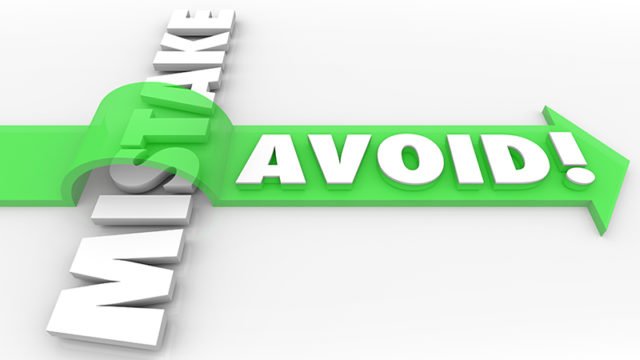
- Skipping warm-ups: If you are doing exercises in cold muscles without any warm-up, then you can injure yourself. Spent 5-10 minutes warming up with dynamic stretches.
- Poor form: Banding your back during push-ups. Doing exercise in bad form can cause serious injuries. Focus on proper technique over reps or increasing weights.
- Neglecting muscle growth: Balance all types of exercises targeting all body parts. Don’t avoid any body part just because you don’t like working out that part. Balance pull, push and legs exercises.
Inconsistency: Progress and growth require dedication and consistency so always stick to your regular schedule.
Building a Routine That Works

Here is a sample weekly plan for beginners, you can customize it according to your preference.
- Day 1: Upper Body
- Push-ups (3 sets of 10 reps)
- Resistance band rows (3 sets of 12 reps)
- Plank (3 sets of 30 seconds)
- Day 2: Lower Body
- Squats (3 sets of 12 reps)
- Lunges (3 sets of 10 reps, per leg)
- Glute bridges (3 sets of 15 reps)
- Day 3: Active Recovery
- Light yoga or a 20-minute walk
- Day 4: Full-Body Circuit
- Pull-ups (or banded pull-downs) (3 sets of 8 reps)
- Overhead press (with weights) (3 sets of 10 reps)
- Jump squats (3 sets of 15 reps)
- Day 5: You can rest if you are a beginner or repeat upper/lower split if you are on intermediate level.
Adjust as you progress: Add weight, reps, or difficulty every 2–3 weeks.
Tracking Progress
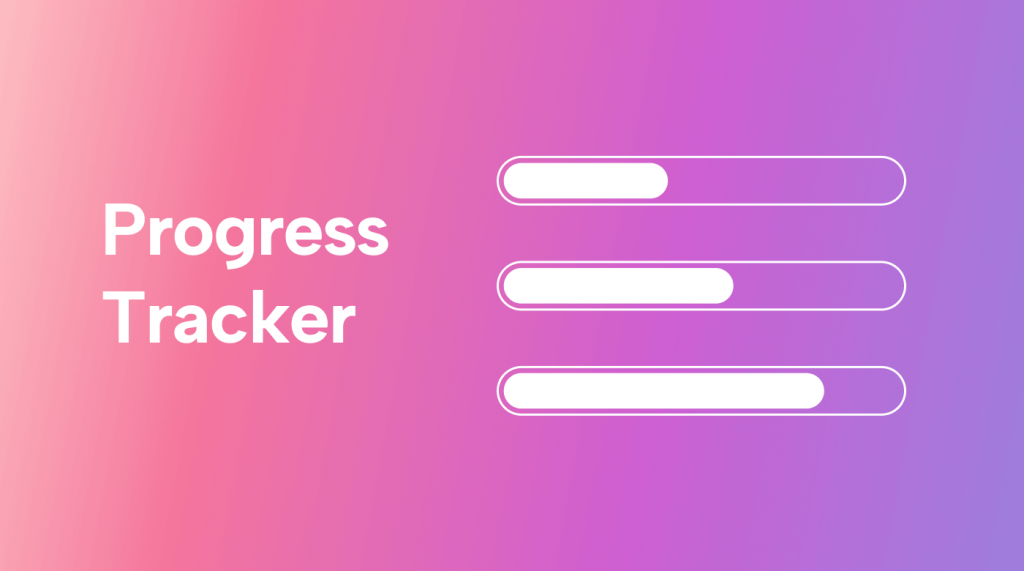
- Measurement :- Don’t just measure your body weight, measure other parts too.Track waist, hips and thighs,
- Photos :- To track the changes in your body, take monthly photos of yourself.
- Strength gains :- Take notes of your increase in reps, how much more weight you added and your endurance.
TIP :- Always remember muscle growth is slow so to stay motivated focus on small wins.
Conclusion
Achieving a fit and muscular body at home is entirely achievable with consistency, dedication, discipline and the right approach. At start go with bodyweight exercises and focus on protein intake, rest and continuously challenging yourself. Remember progress in your body will be slow at start just trust the process and be consistent.
- Source of Information for this blog
– https://en.wikipedia.org/wiki/Yoga
– https://www.medicalnewstoday.com/articles/286745
– https://www.hopkinsmedicine.org/health/wellness-and-prevention/9-benefits-of-yoga
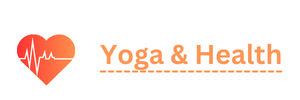

[…] You can do all these poses while building muscles at home […]